Maroulas is a village in the Rethymno regional unit on the island of Crete, Greece. It is located approximately 10km southeast of Rethymno town, perched on a hilltop at an altitude of 240m. The village is known for its well-preserved Venetian-era architecture, including two imposing towers, and its traditional character. Maroulas has been designated a traditional settlement and a conservation area due to its historical and architectural significance.
Name
According to local tradition, the village takes its name from a shepherdess named Maroula, who discovered a spring with fresh water while grazing her sheep in the area. This spring still exists in the village and dates back to the Venetian period.
History
While the majority of the buildings in Maroulas date back to the Venetian period (1204-1669), there is evidence suggesting the area may have been inhabited as far back as the Minoan era (c. 2700-1450 BC). Two Late Minoan cemeteries have been discovered in the vicinity, containing chamber tombs with artifacts such as larnakes (clay coffins), pottery, bronze tools and weapons, jewelry, and seals.
During the Venetian period, Maroulas flourished. Two towers, still standing today, were constructed for defensive purposes, and many buildings feature architectural elements characteristic of the era, such as arrow slits, coats of arms, and impressive doorways. The village also retains its Venetian-era layout, with narrow streets, arches, and an old olive mill.
In 1630, during the Ottoman period, Turks settled in Maroulas and utilized the two Venetian towers as military outposts. The towers continued to be used after the Turkish occupation, even housing refugees from Asia Minor in the 1920s.
Landmarks
- Towers: The two Venetian towers are the most prominent landmarks in Maroulas. The larger tower, known as the “Tower of Maroulas,” is 14m high and offers panoramic views of the surrounding area.
- Traditional Architecture: The village is characterized by its well-preserved Venetian-era houses, many of which feature architectural details such as arrow slits, coats of arms, and arched doorways.
- Church of Profitis Ilias: This church is located on the hilltop and offers stunning views of the village and the Cretan Sea.
- Maroula’s Spring: The spring discovered by the shepherdess Maroula is a historical landmark and still provides water to the village.
Population
Year |
Population |
|---|---|
1940 |
472 |
1951 |
374 |
1961 |
312 |
1971 |
221 |
1981 |
184 |
1991 |
188 |
2001 |
192 |
2011 |
486 |
2021 |
277 |
Village Key Points
- Location: 10km southeast of Rethymno town, Crete, at an altitude of 240m.
- Historical Significance: Possibly inhabited since the Minoan era, with well-preserved Venetian-era architecture and a history spanning various occupations.
- Population: See table above.
- Current Status: A designated traditional settlement and conservation area, attracting visitors with its historical charm and picturesque setting.
Access
Maroulas is 7.6 kilometers away from Rethymno













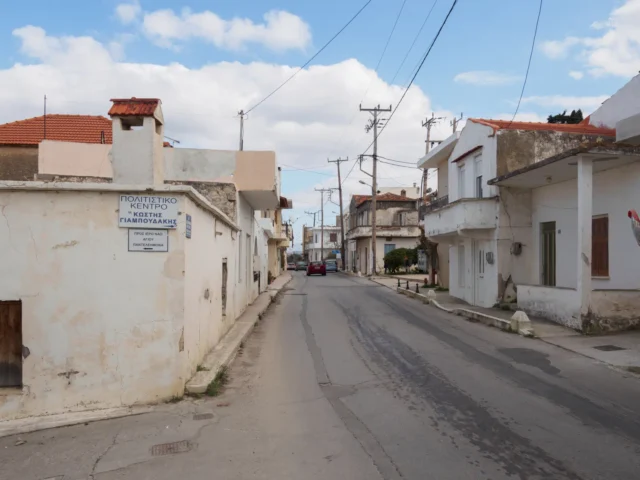

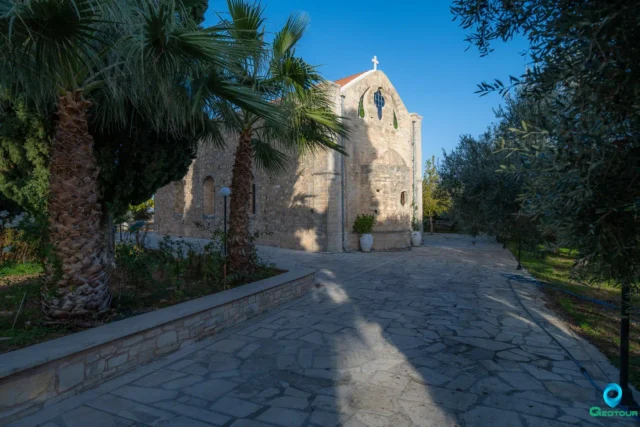

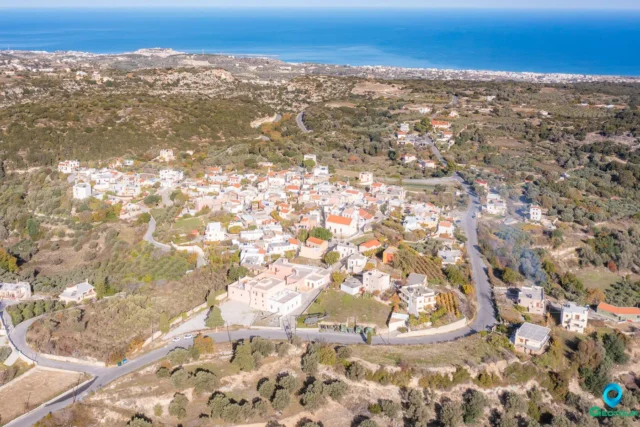
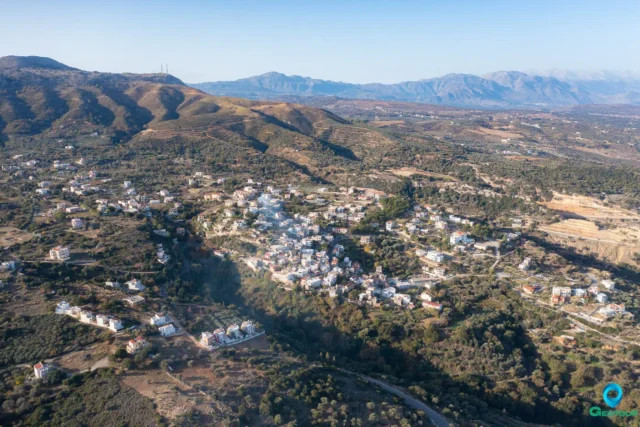
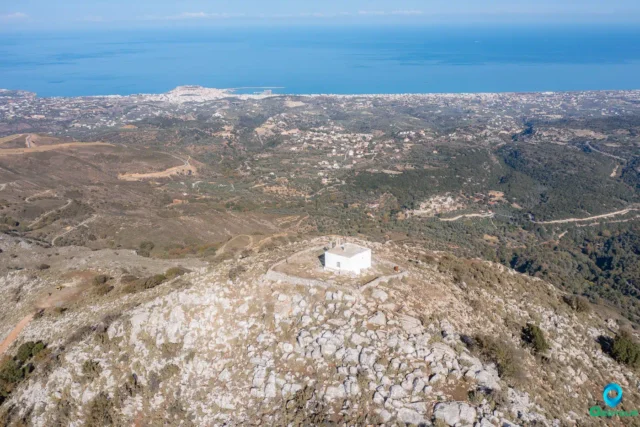
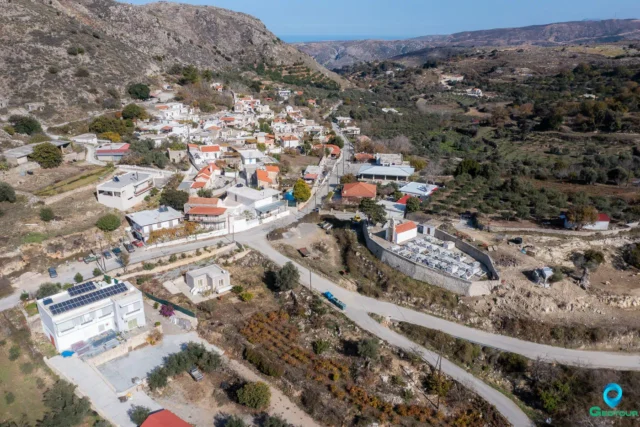

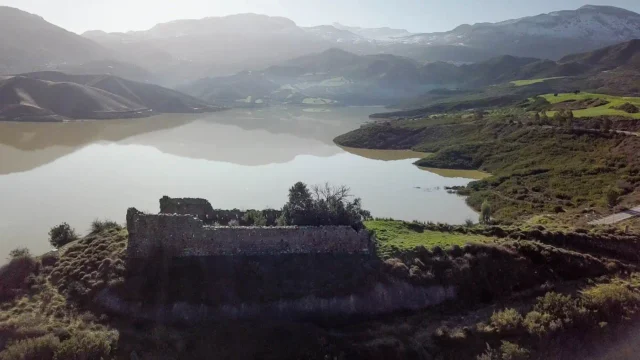

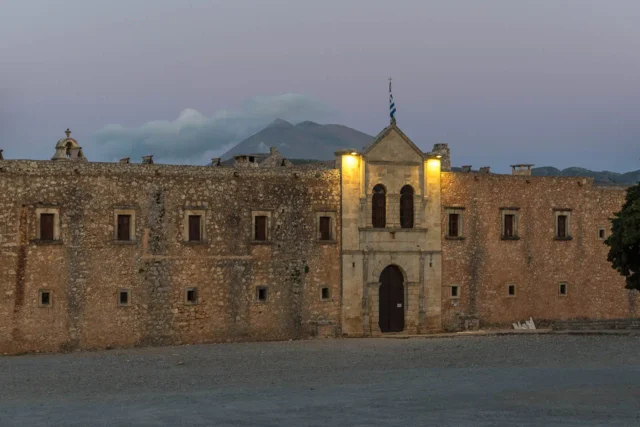
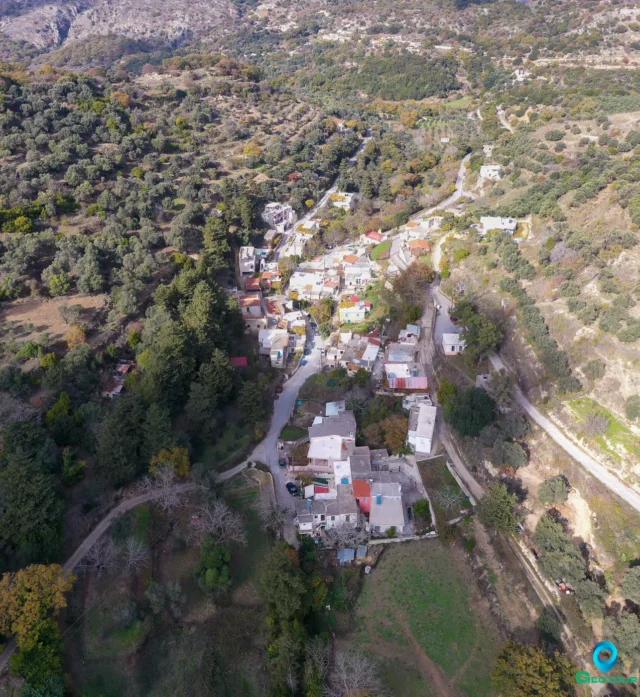

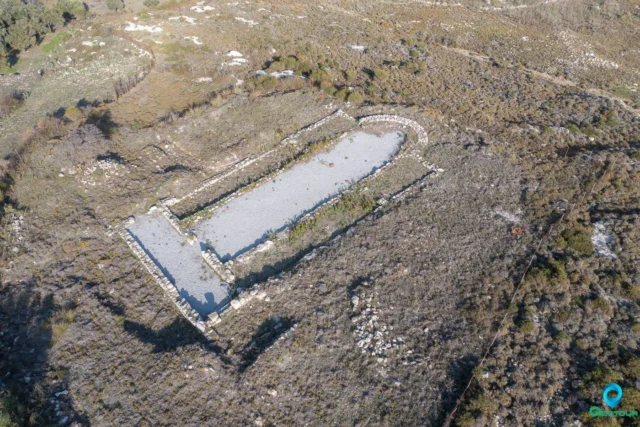


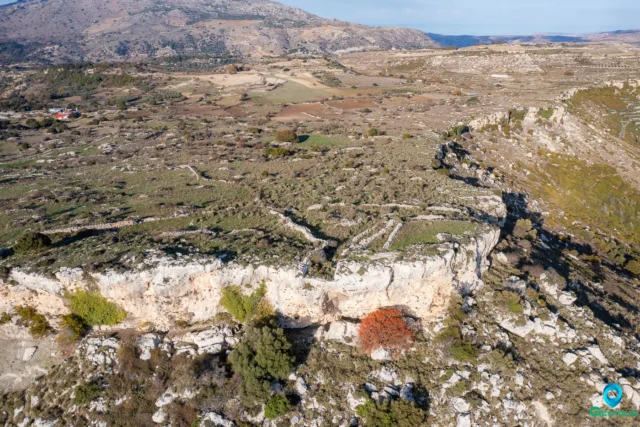
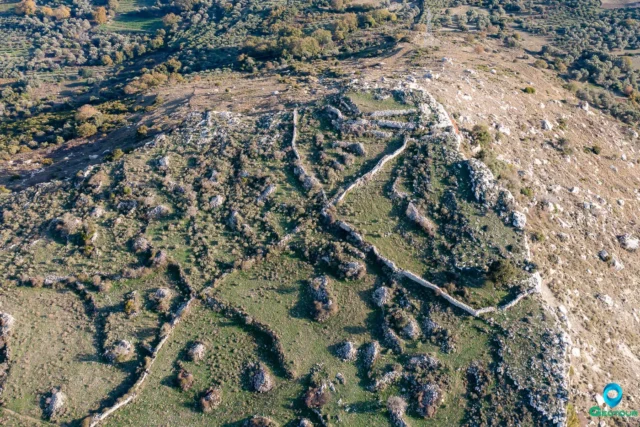
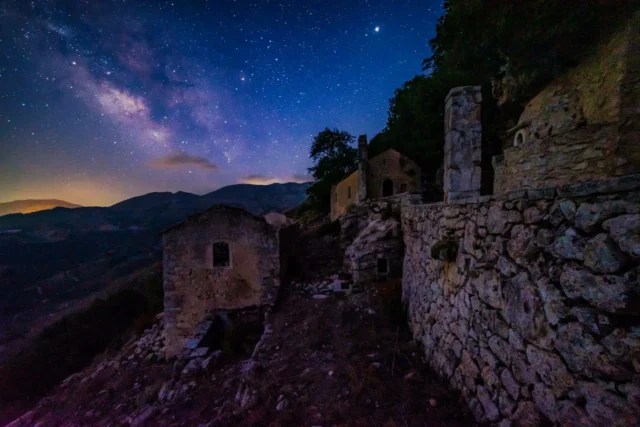

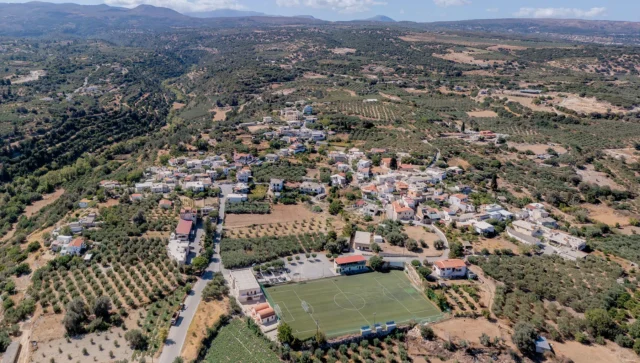

There are no comments yet.